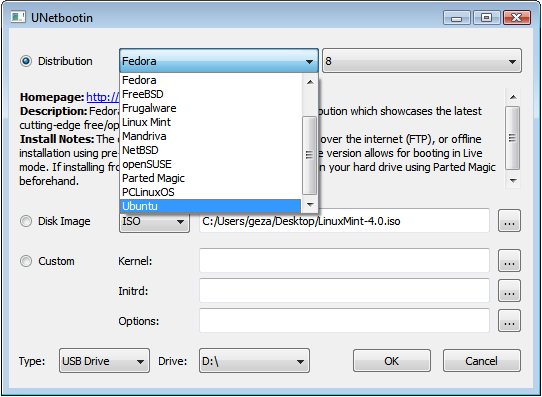I recently bought some Cisco equiptment (a Catalyst 2924-XL-EN and a 2611 router ) to play around with in my spare time. In order to get the equiptment running for a test lab using telnet configuration, I had to connect via the serial console which can be a hassle due to the lack of serial rs232 ports on modern computer devices.
I bought a Serial USB adapter eager to find out if this will actually work (had some compatibility issues with other devices in the past)
So i got a cheap USB adapter from my local computer store (link on Amazon – this one definitely works with Cisco Catalyst Switches, I will test it on a 2600 router as soon as it gets delivered to me ) and plugged it into my Aspire One netbook running Ubuntu 8.10. After dmesg confirmed the device (in my case ttyUSB0) I needed to get a serial based terminal emulator for console configuration.
Minicom is the good old Linux serial terminal emulator, so a simple
sudo apt-get install minicom
will provide you with the required app on Ubuntu/Debian. If you are running Vista, I recommend tutty since HyperTerminal is no longer included.
The next step will be to set up the device parameters for minicom by running
minicom -s
Set your serial device to the equivalent (should be ttyUSBx) and set the following connection values:
- Baud Rate: 9600
- Data Bits: 8
- Stop Bits: 1
- Flow Control: none
Now save your config file (the default config is dfl) and launch the program. The values for any Windows software are the same.


